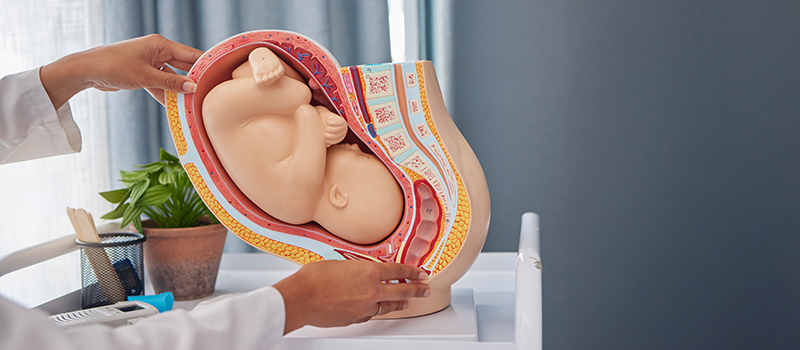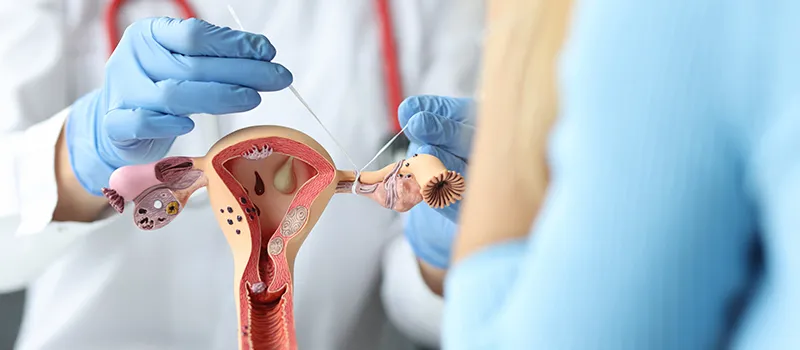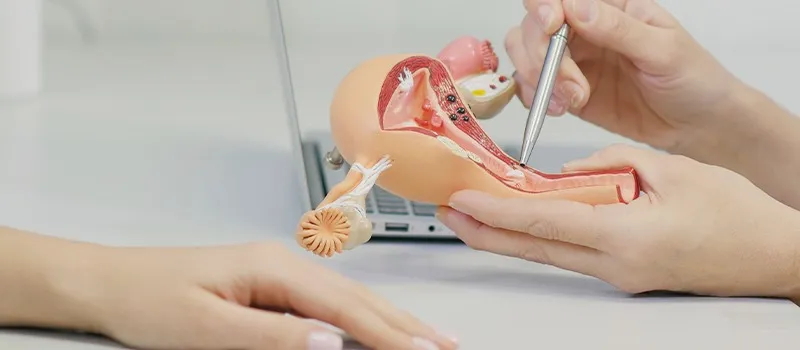
Understanding the Stages of Labor
Labor is a remarkable and intricate process that marks the beginning of a new life. It involves the delivery of the fetus and placenta from the uterus through the vagina, requiring a coordinated effort between the mother’s body, the fetus, and the birth canal. Labor is divided into three main stages, each with its unique characteristics, challenges, and milestones. Understanding these stages is crucial for expectant parents and healthcare providers alike, as it helps prepare for the journey ahead.

Stage 1: The Beginning of Labor
The first stage of labor is the longest and most variable. It begins when true labor contractions start and ends when the cervix has dilated to 10 centimeters, allowing the baby to be born. Labor is further divided into two phases: the latent phase and the active phase.
- Latent Phase: This phase is typically longer, lasting from several hours to even days. It is marked by slow cervical dilation (0 to 6 centimeters) and irregular contractions. During this phase, the body is preparing for active labor, and the cervix begins to soften and thin out (effacement).
- Active Phase: This phase is shorter but more intense, with rapid cervical dilation from 6 to 10 centimeters. Contractions become more frequent and stronger, and the fetus begins to engage in the pelvis, positioning itself for delivery. This phase is typically faster for women who have previously given birth.
During the first stage, healthcare providers closely monitor the progress of labor through cervical exams, fetal heart rate monitoring, and contraction patterns. This is when decisions about pain management and potential interventions, like oxytocin to stimulate contractions or amniotomy to break the water, may be made.
Stage 2: The Pushing Stage
The second stage of labor begins once the cervix is fully dilated at 10 centimeters and ends with the delivery of the baby. This stage is often described as the “pushing stage” because it involves the mother’s active effort to push the baby through the birth canal. The second stage is influenced by several factors, including fetal size and position, the shape of the pelvis, and whether or not the mother has had previous births.
During this stage, the baby moves through the birth canal via a series of movements known as the “cardinal movements,” including:
- Engagement: The widest part of the baby’s head enters the pelvis.
- Descent: The baby moves downward into the birth canal.
- Flexion: The baby’s head bends down as it moves through the pelvis.
- Internal rotation: The baby’s head rotates to fit through the birth canal.
- Extension: The baby’s head extends as it crowns at the vaginal opening.
- External rotation: The baby rotates further after the head is delivered to align the shoulders.
- Expulsion: The baby is fully delivered.
For women who have previously given birth, the second stage may be relatively quick. In contrast, first-time mothers may experience a longer second stage. The duration of this stage can vary greatly, but it typically lasts about 1 to 3 hours in women who have given birth before, and 2 to 4 hours for first-time mothers, especially if they have epidurals or other forms of pain management.
Stage 3: Delivery of the Placenta
The third stage of labor begins immediately after the baby is born and concludes with the delivery of the placenta. This stage usually takes anywhere from 5 to 30 minutes. The placenta, which nourished the baby throughout the pregnancy, detaches from the uterine wall and is expelled through the vagina. The signs that indicate placenta separation include:
- A sudden gush of blood.
- The lengthening of the umbilical cord.
- A firm, rounded shape in the uterus when palpated.
Once the placenta is delivered, it is carefully examined to ensure it is complete, as retained placental tissue can lead to complications like postpartum hemorrhage. Medical professionals may apply gentle traction to the umbilical cord to assist in the placenta’s expulsion, but this is usually done cautiously to avoid injury.
Labor Monitoring and Management
Throughout all stages of labor, healthcare providers monitor both the mother and baby to ensure a healthy and safe delivery. Fetal heart rate is monitored to assess the baby’s well-being, and uterine contractions are carefully tracked using cardiotocography. The mother’s vital signs, including blood pressure, heart rate, and oxygen levels, are checked regularly.
In a normal, uncomplicated labor, women are encouraged to move around, eat or drink (if not contraindicated), and change positions to help facilitate the birth process. Interventions, such as pain relief methods like epidurals, medications, or even labor induction with oxytocin, may be used when appropriate.
Labor is a powerful and transformative experience. The journey through the three stages of labor the first stage of dilation, the second stage of pushing, and the third stage of placenta delivery is unique for every woman. Understanding the stages of labor can help reduce fear, build confidence, and provide valuable insights into what to expect during childbirth.
Expectant parents and healthcare providers must work together to monitor progress, address complications as they arise, and ensure both maternal and fetal safety. By educating yourself about labor and working closely with your healthcare team, you can make informed decisions and experience a smoother and more empowered childbirth experience.
Related post











